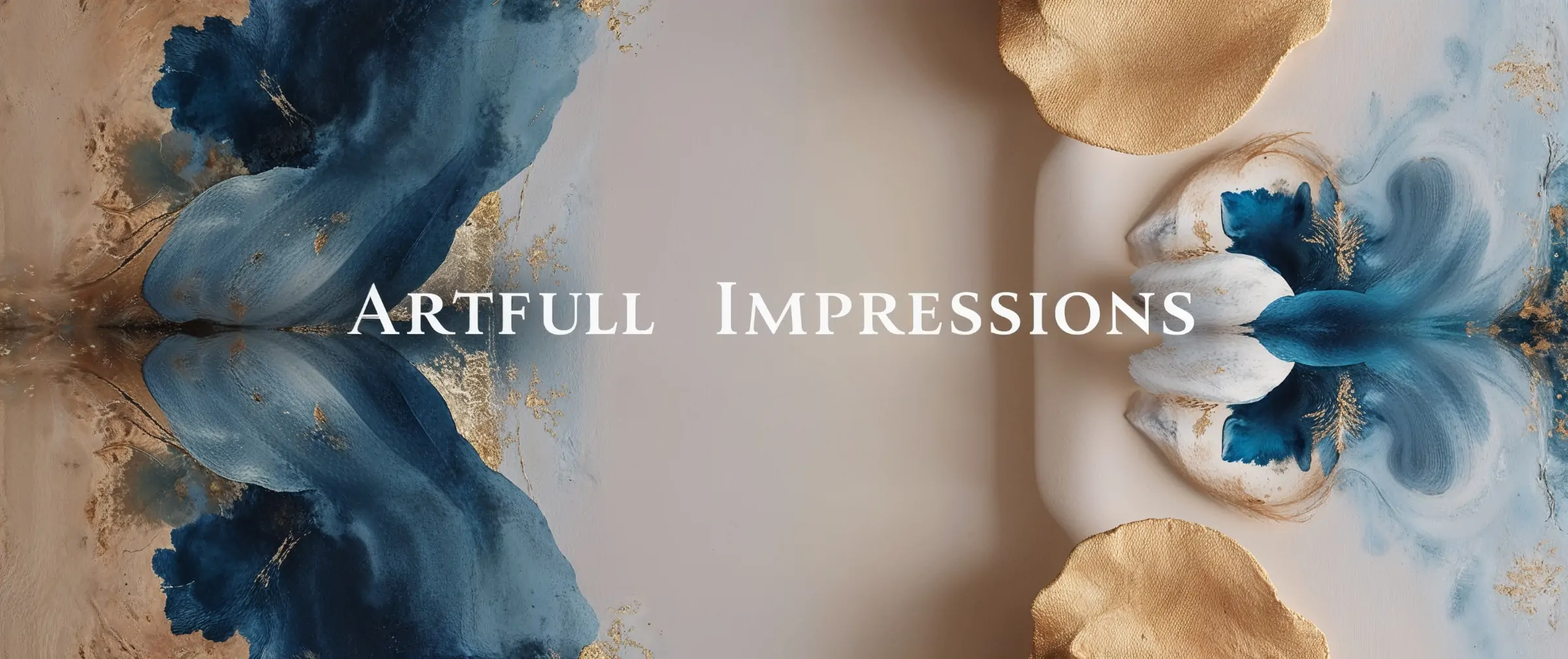Choosing hand-created art over AI-generated art can be a powerful, meaningful decision for several reasons—cultural, emotional, ethical, and even artistic. Here's a breakdown of why many believe hand-created art is best:
1. Human Expression and Emotion
- Authenticity: Human-made art reflects the artist's personal experiences, emotions, and perspective in a way AI currently cannot replicate.
- Emotional Depth: Viewers often connect more deeply with pieces knowing a real person experienced the emotion behind it.
“Art is not just about what is seen, but what is felt—and only humans feel.”
2. Original Thought and Creativity
- Genuine Innovation: Human artists can create something truly new, inspired by culture, history, or dreams—not just remix existing data.
- Intentional Symbolism: Artists use metaphor and nuance intentionally, often to provoke thought or raise awareness.
3. Craftsmanship and Skill
- Tactile Process: Hand-created art involves mastering materials like paint, charcoal, clay, etc.—a physical interaction AI doesn’t have.
- Time and Effort: The hours of effort, practice, and personal growth invested in creating each piece add a layer of meaning.
4. Cultural and Ethical Importance
- Support for Artists: Buying human-made art supports local creators and artistic communities, not just tech platforms.
- Ownership and Rights: Artists maintain control over their own work, whereas AI art often raises concerns about copyright and consent (especially when trained on unlicensed human works).
5. Imperfection = Uniqueness
- Flaws Tell Stories: In hand-created work, imperfections reflect the artist's hand and thought process—they’re part of what makes the piece unique.
- AI Aims for 'Perfect': But sometimes, the most compelling art is intentionally messy, unfinished, or flawed.
6. Ethical and Philosophical Concerns
- Art vs. Product: Is AI art really art, or is it just a product of algorithms? That’s a question that touches on what we value in creativity.
- Exploitation Risks: AI models often train on the works of human artists without consent, raising issues of fairness.
The Examples show first Salvador Dali's work (the Persistence of Memory") which is oil on canvas.
About:
This surrealist masterpiece features melting clocks and an eerie landscape. It explores themes of time, memory, and the subconscious. Dalí’s brushstrokes, symbolism, and dream-like atmosphere make this a deeply personal and thought-provoking piece.
Why It Matters:
- Painted by hand with oil, over weeks of work
- Contains surreal, dream-inspired imagery rooted in Dalí's psychology
- Imperfect, textured, and full of nuance
- Created long before AI or digital tools existed
The second photo shows an AI-generated artwork based on the prompt:
"A surreal dream landscape with melting clocks and a desert background."
About:
This was made in seconds by an AI model trained on millions of existing artworks. It mimics the surrealist style and resembles Dalí’s influence—but lacks the personal symbolism and cultural impact.
Why It’s Different:
- Created instantly using algorithms
- Mimics style but doesn’t invent meaning
- No emotional or historical context behind it
- Often uses visual tropes it learned from human-made art
Final Thought:
AI art can look impressive—but hand-created art feels powerful. That emotional, physical, and cultural authenticity is what makes human art irreplaceable.


